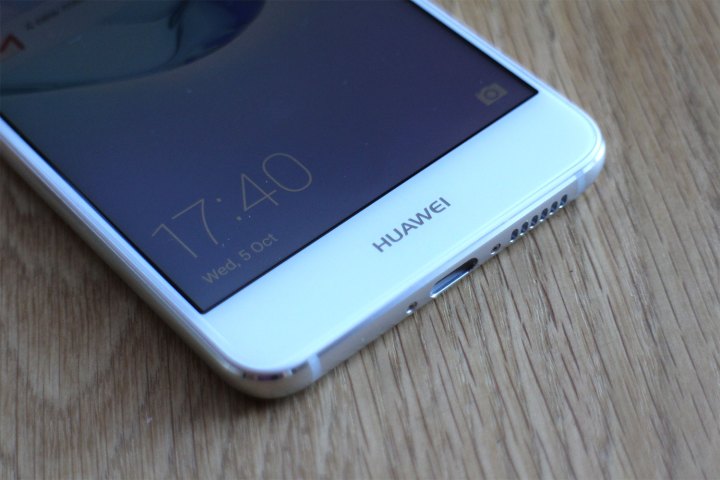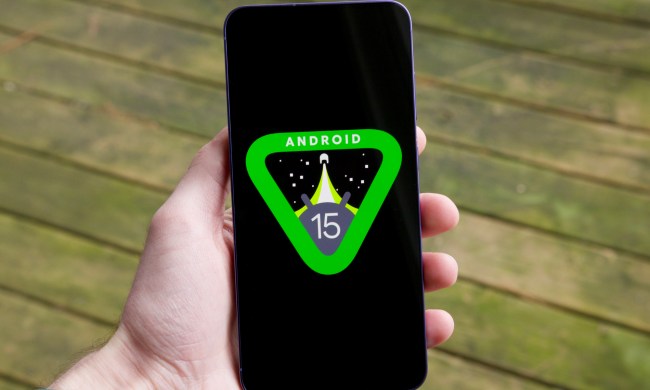
According to the listings, MediaTek’s quad-core 1.44GHz MT6737T processor and 2GB RAM power a phone termed the “Maya,” while the MicroSD card slot provides additional storage. A 2,920mAh battery keeps the lights on, with the phone is compatible with LTE bands 2, 4, 5, and 7. Unfortunately, the phone apparently runs Android 6.0 Marshmallow out of the box, though it is too early to determine whether it will receive an update to Android 7.0 Nougat.
Interestingly, the Maya is listed under model numbers MYA-L03 and MYA-L23. Based on the listings, the former sports one SIM card slot, while the latter includes two such slots. Regardless of the model, the Maya will feature a removable back cover, though it looks like the battery will not be removable.
Just about everything else is shrouded in mystery, though it looks as if Huawei wants to target the low-end smartphone market in the U.S. The company has slowly built a solid array of options for the country, but it has yet to deliver an ultra-affordable option since its renewed U.S. marketing strategy took effect with the Honor 5X‘s launch back in October 2015. Since then, Huawei launched the Honor 8, Mate 9, and Honor 6X in the U.S., but all those phones cost at least $250 unlocked.
The Maya could be that low-end option, since the phone is expected to sell for around $100 to $150. It can also provide Huawei with some breathing room, since the midrange smartphone market has substantially matured since 2015. Expect the phone to sell through some prepaid channels, with an official announcement sometime in the near future.


